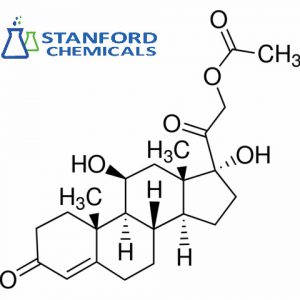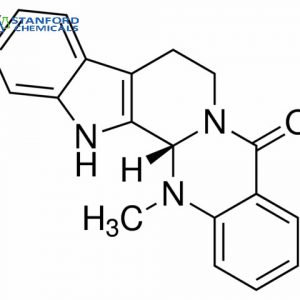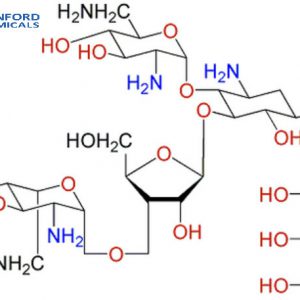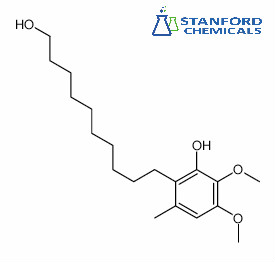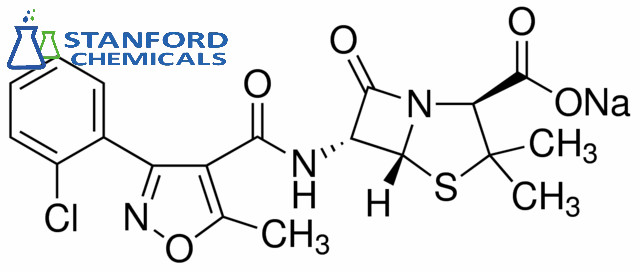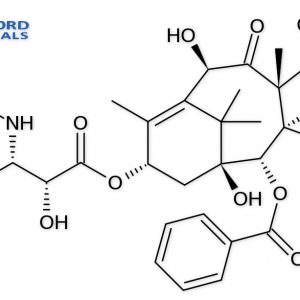- Home
- Pharmaceuticals
- 040-000-291 Sulfadiazine, CAS 68-35-9
040-000-291 Sulfadiazine, CAS 68-35-9
| Synonyms | 2-sulfanilamidopyrimidine; 2-sulfanilylaminopyrimidine; 4-amino-N-2-pyrimidinylbenzenesulfonamide; N(1)-2-Pyrimidinylsulfanilamide; N(1)-2-Pyrimidylsulfanilamide; Sulfadiazin |
| Keywords | Antibiosis, epidemic meningitis, upper respiratory infection (URI), intestinal infection |
| Related products | Sulfacetamide Sodium Salt |
- Description
Description
Description
Sulfadiazine Specifications
| Product Name | Sulfadiazine |
| CAS Registry Number | 68-35-9 |
| Molecular Formula | C₁₀H₁₀N₄O₂S |
| Molecular Weight | 250.28 g/mol |
| Purity | >99.0 % |
| Appearance | White powder |
| Shelf life | >2 years |
| Functions | Sulfonamide antibiotic. Antibacterial Sulfadiazine eliminates bacteria that cause infections by stopping the production of folate inside the bacterial cell, and is commonly used to treat urinary tract infections |
Sulfadiazine Description
Sulfadiazine is one of the short-acting sulfonamides used in combination with pyrimethamine to treat toxoplasmosis in patients with acquired immunodeficiency syndrome and in newborns with congenital infections.
Sulfadiazine is an antibiotic that fights bacteria.
Sulfadiazine is used to treat many different types of infection, such as urinary tract infections, ear infections, meningitis, malaria, toxoplasmosis, and others.
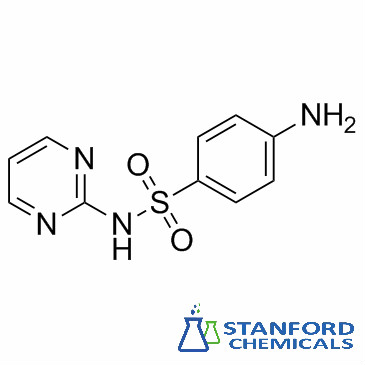
sulfadiazine
Sulfadiazine Applications
- For the treatment of rheumatic fever and meningococcal meningitis
Reference:
- Hamilton, Richart (2015). Tarascon Pocket Pharmacopoeia 2015 Deluxe Lab-Coat Edition. Jones & Bartlett Learning. p. 104.
- Natural and synthetic polymers for wounds and burns dressing. Mogosanu GD and Grumezescu AM International Journal of Pharmaceutics 463(2), 127-136, (2014)
- Clinical experience with silver sulfadiazine, a new topical agent for control of pseudomonas infections in burns Stanford, W, et al. The Journal of Trauma and Acute Care Surgery 9(5), 377-388, (1969)

